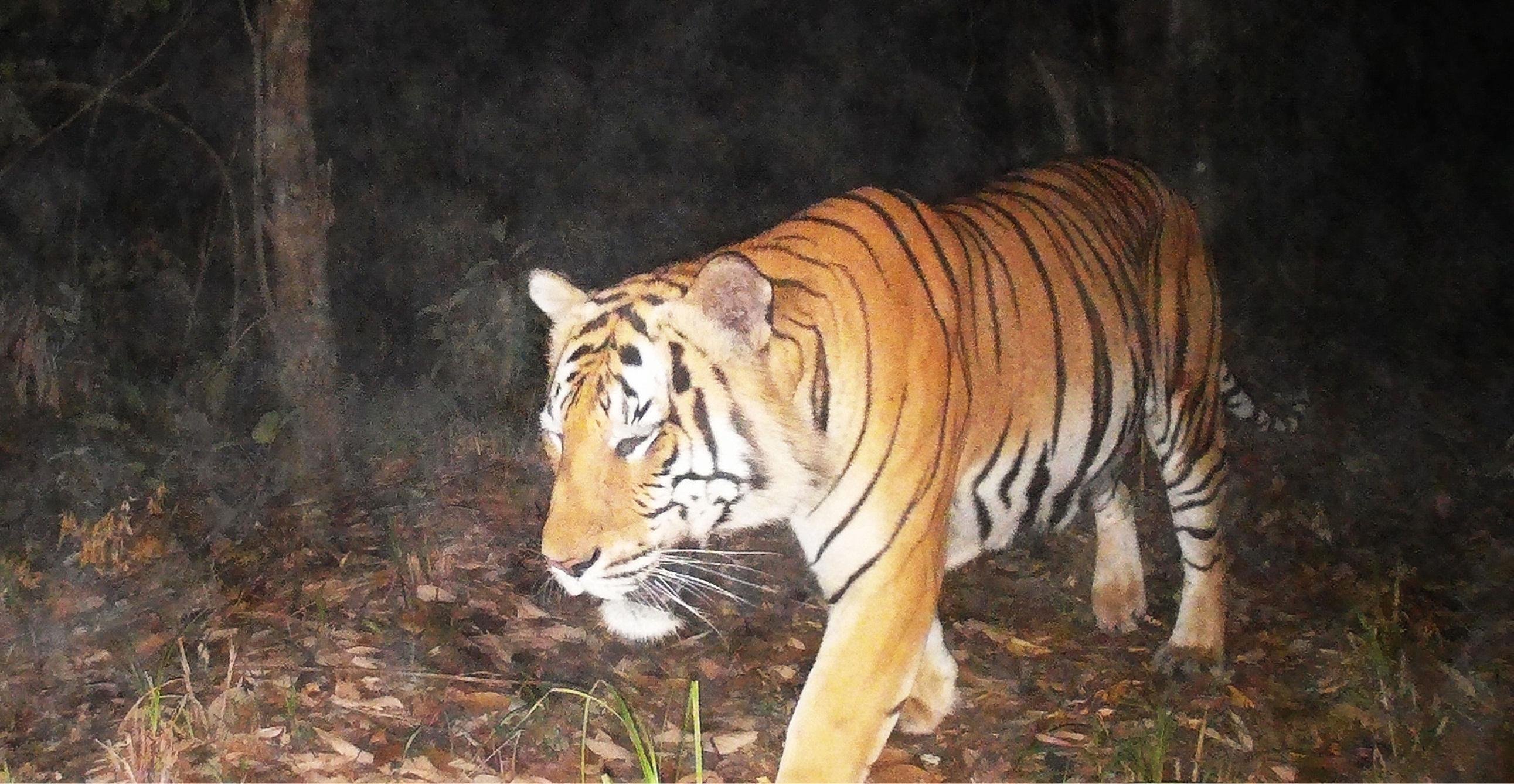The main threats to Caspian tigers
One by one, Caspian tigers vanished from their ancestral lands by the 1960s. It is possible that Caspian tigers did survive in remote isolated pockets beyond this with claims of sightings dating up to the late 90’s however these remain uncertain and unconfirmed. The species is now listed under the bleak category of “Extinct” on the IUCN Red List. The loss of the Caspian tiger was not just the end of a species—it marked a significant contraction in the global range of tigers, reducing it almost in half.
The Caspian tiger faced many devastating blows that led to its tragic disappearance. From ancient times, these magnificent creatures were captured by the Romans and forced into brutal public spectacles. As centuries passed, they were driven from their habitats by the relentless spread of agriculture, as vast swathes of land were converted for human use. Their water sources were exploited, while the construction of roads cut through their territories, fragmenting their natural range. Poaching became rampant, as the demand for luxury tiger skins and body parts used in traditional ‘medicine’ surged. In addition, widespread persecution led to bounties being placed on their heads. Shepherds, hunters, and soldiers saw them as targets, using traps, poison, and firearms to exterminate these tigers. These relentless pressures, driven by human actions, ultimately sealed the fate of the Caspian tiger, pushing them to extinction.


